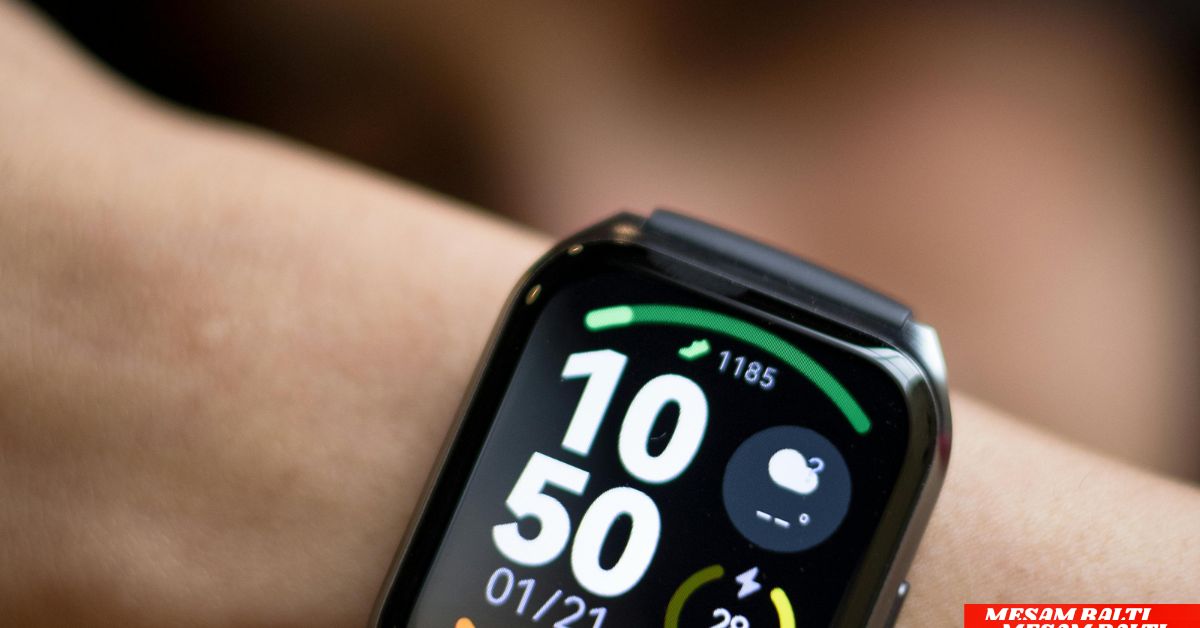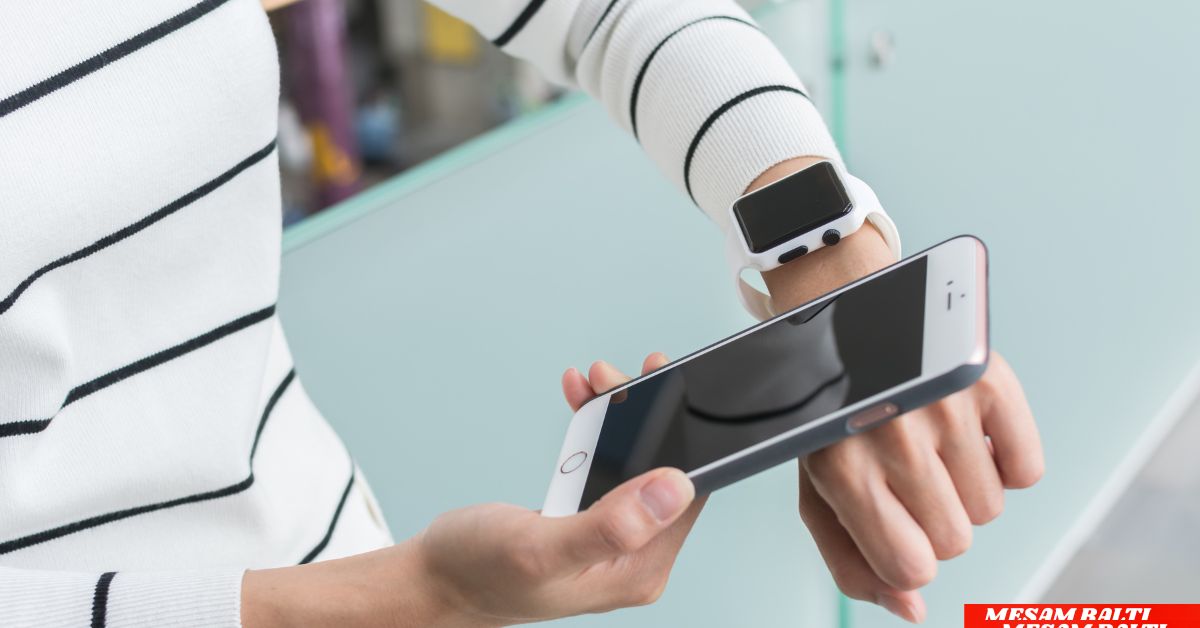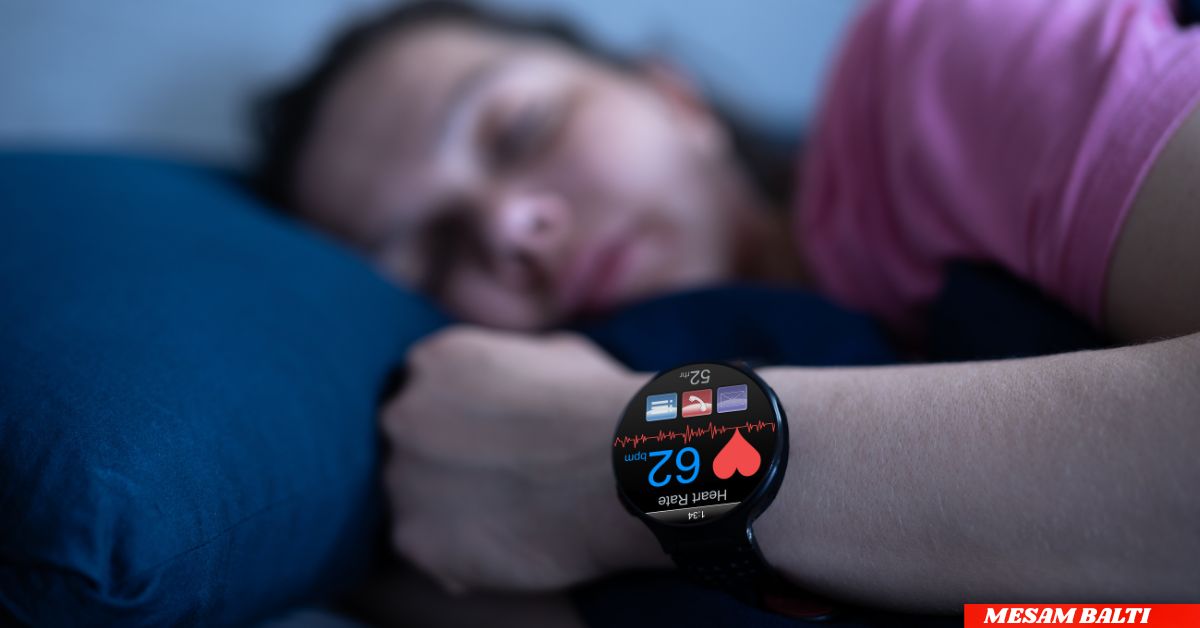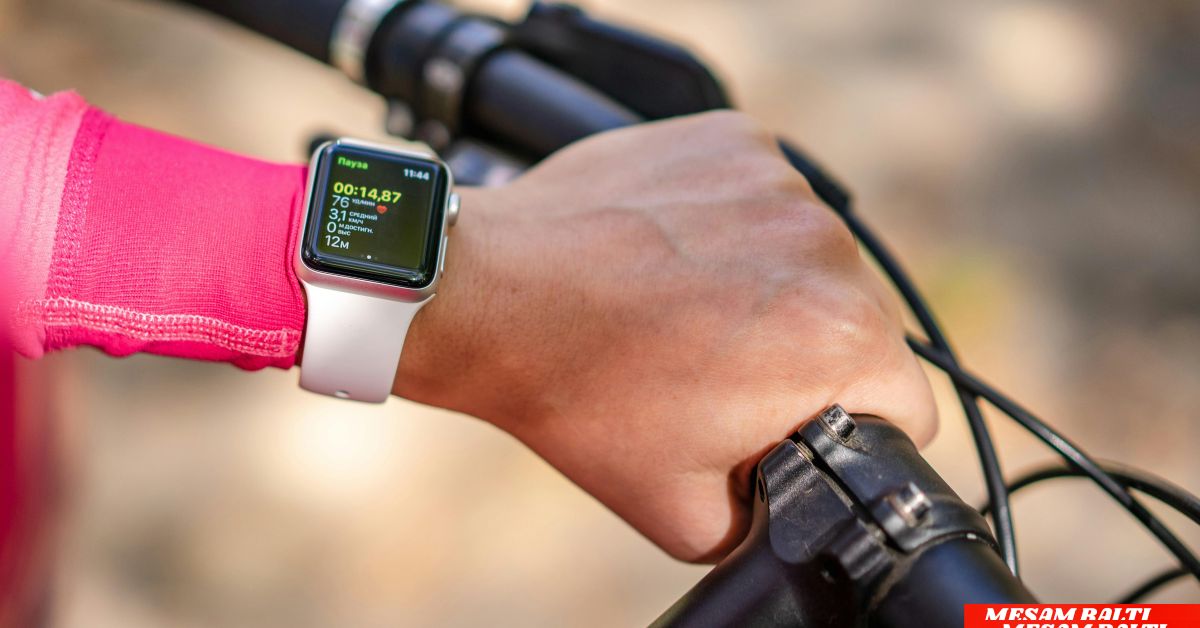Introduction: The Future of Health Is on Your Wrist
Picture a gadget that is not only tracking your steps, but preventing you from getting sick in the first place. Wearable AIs and live updating health information are changing how we handle our health. “I don’t want it to be only about tracking; It won’t be your typical step counter, it will bring users insights personalized for them, early warnings and integration with healthcare systems.” These AI-powered smart wearables would be more than just fitness trackers but devices that offer personalized insights, early warnings and seamlessly work with health care systems. In this article, we’ll take a look at how wearable AI instruments are changing the face of health monitoring, and how they can be of use, and what possibilities will open up for us in the future.
What Are Wearable AI Devices?
Wearable AI devices are basically smart gadgets, like smartwatches, fitness bands or even smart rings, that gather, analyze and interpret health data in real time using artificial intelligence. Unlike regular wearables, the new breed of devices have sophisticated algorithms that translate raw data into easy-to-read insights, like identifying irregular heart rhythms or checking stress levels.
How Do They Work?
- Sensors: Collect information like heart rate, oxygen levels and sleep patterns.
- AI Algorithms: Reports on patterns or exceptions in data.
- Immediate Feedback: Send immediate alerts or reminders through apps or notifications.
For instance, wearable devices like the Apple Watch Series 10 or Fitbit Sense 2 leverage AI to track heart health, bringing to users’ attention potential atrial fibrillation (AFib) risks.
The Magic of Live Health Tracking
Live health care enters into real-time health monitoring, with VH monitoring of vital signs at all times, allowing users to be more proactive with their health. Here’s why it’s a game-changer:
Early Detection of Health Issues
Wearables powered by A.I. can detect deviations from the baseline before symptoms go critical. For instance:
- Heart Health: A device such as the Samsung Galaxy Watch 7 can pick up on an irregular heartbeat, which might lead to a stroke.
- Blood Oxygen Levels: In a COVID-19 world, wearables like the Oura Ring have allowed us to keep an eye on oxygen saturation, signalling the onset of early respiratory problems.
Personalized Health Insights
Rather, AI wearables personalize to your particular physiology, as opposed to baking you into a one-size-fits-all cookie cutter. They analyze patterns uncovered in your records in order to provide individualized advice on topics such as:
- Monitoring recovery and making adjustments in training volume and intensity.
- Suggesting stress-relief techniques when cortisol levels rise.
Seamless Healthcare Integration
Most of the wearable AI devices sync with health platforms such as Apple Health or Google Fit, and this means that your doctor can view your data to make better diagnoses. And some hospitals have even used wearables to hold patients accountable remotely, staving off hospital readmissions.
Advantages of Wearable AI Devices
1. Proactive Wellness Management
Tracking metrics including heart rate variability (HRV) and sleep quality, these devices inform users for healthier lifestyle choices. For instance, the Whoop Strap 4.0 delivers intense recovery scores to help users personalize their training plans.
2. Enhanced Mental Health Monitoring
Stress, mental health continue to be a priority and AI wearables shine here. Devices like the Fitbit Charge 6 feature electrodermal activity (EDA) sensors to track stress responses, recommending mindfulness activities if it thinks you’re feeling tense.
3. Improved Chronic Disease Management
For people with chronic diseases like diabetes or hypertension, wearables offer real-time data to manage symptoms. The Dexcom G7, a wearable glucose monitor, deploys AI to anticipate blood sugar trends so users can sidestep perilous highs or lows.
4. Motivation and Accountability
Game-based features such as achievement badges and customized goals encourage user engagement. A 2023 study found that those who wear a wearable are 35% more likely to keep a fitness regimen compared to people who don’t use one.
Challenges and Limitations
Data Privacy Concerns
Health data is sensitive, and leaks can be catastrophic. Confirm your device is compliant with regulations such as HIPAA or GDPR. Brands like Garmin tout end-to-end encryption that the company says will protect user information.
Accuracy and Reliability
All wearables are not equal. Even some budget models may not give accurate readings, particularly for complex metrics such as of blood pressure. For critical health monitoring, be sure to stick with FDA-approved or clinically validated devices.
Cost and Accessibility
Premium-priced wearables, such as the Apple Watch Ultra 2, can run up to $800. But you can still find solid AI powered features for less with the likes of Xiaomi Smart Band 9.
Next Generation Wearable AI and Health Monitoring
The artificial intelligence in wearables market is estimated to achieve $180B by 2027 due to advances such as:
- Needle-Free Blood Sugar Monitoring: There are companies like Apple working on non-invasive glucose monitoring for diabetics.
- Mental Health AI: Wearables of the future could also use voice analysis or behavioural patterns to anticipate episodes of anxiety or depression.
- Integration with Augmented Reality: Picture AR glasses providing real-time health stats during a workout.
Case Study: The Oura Ring and Sleep Optimization
The Oura Ring — a chic wearable — uses AI to monitor sleep stages and deliver users a “Readiness Score” every morning. One 2024 study found Oura users increased the quality of their sleep by 20% after they followed their recommendations for three months.
How to Pick the Right Wearable AI Device
- What Are Your Goals: Fitness, chronic disease management, mental health?
- Confirm Compatibility: Make sure it syncs to your phone or health apps.
- Accuracy Matters: Seek out FDA-cleared or clinically validated devices.
- Take Battery Life Into Account: Some wearables, like the Garmin Vivosmart 5, can last up to 7 days.
- Budget: Try to strike a balance between price and features—mid-range options are usually acceptable.
The Conclusion: Embrace Wearable AI Power
Wearable AI gadgets, and their power to monitor our health, are changing how we take care of our bodies and brains. These are the tools that allow us to monitor and manage our bodies and health, from identifying problems early to creating a plan that keeps us healthy, and better informed. As technology evolves,we can also expect even smarter, intuitive wearables becoming available to consumers. On Ready to take charge of your health? Checkout the hottest wearable artificial intelligence devices and begin tracking smarter today. Let us know what ideas or gadgets you think belong on the list by leaving a comment below; make sure to check out our other health tech coverage; or subscribe to the Direct Current podcast!
FAQs
What are wearable AI devices?
Wearable AI devices are intelligent devices that can integrate with artificial intelligence to measure health-related metrics like heart rate, sleep, and stress on an ongoing basis.
How precise is the health data collected by wearable AI devices?
Accuracy varies. Companies that have F.D.A.-approved devices like Apple Watch or Dexcom G7 are very accurate, while budget models may be less precise.
Can wearable A.I. devices aid with mental health?
Yes, gadgets, including the Fitbit Charge 6 monitor your stress and recommend mindfulness exercises based on real-time data.
Do AI wearables protect personal privacy?
With reputable brands, user data is encrypted and they comply with regulations such as GDPR. Remember to always read the privacy policy before you make a purchase.




